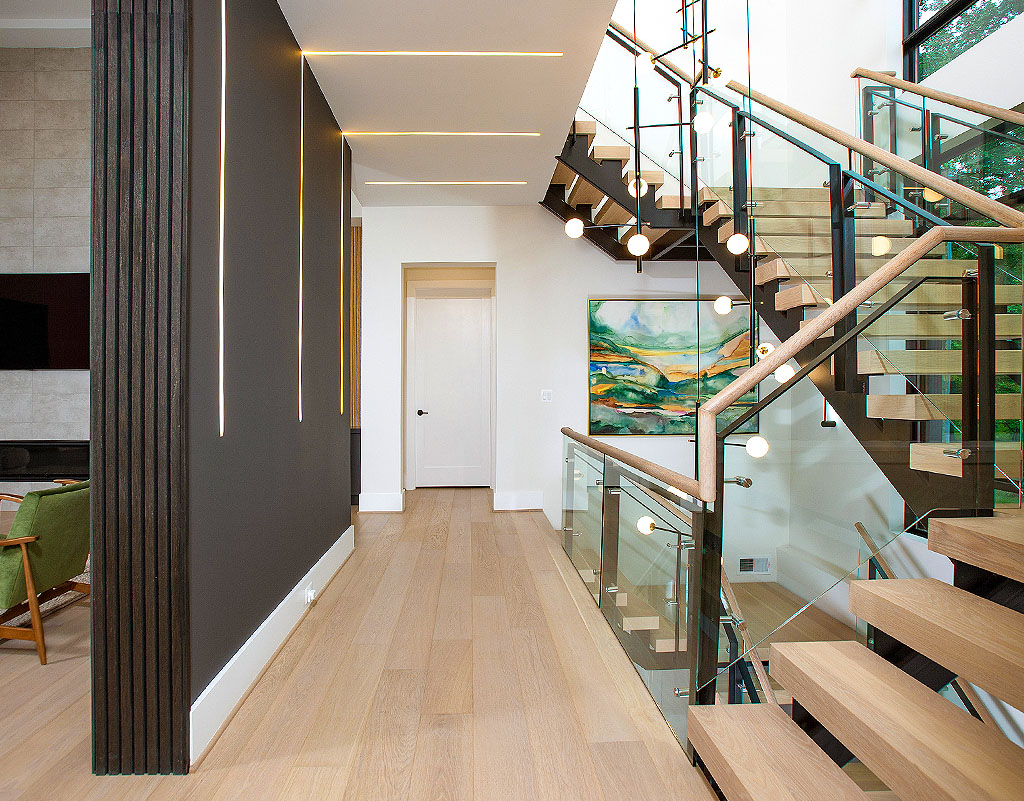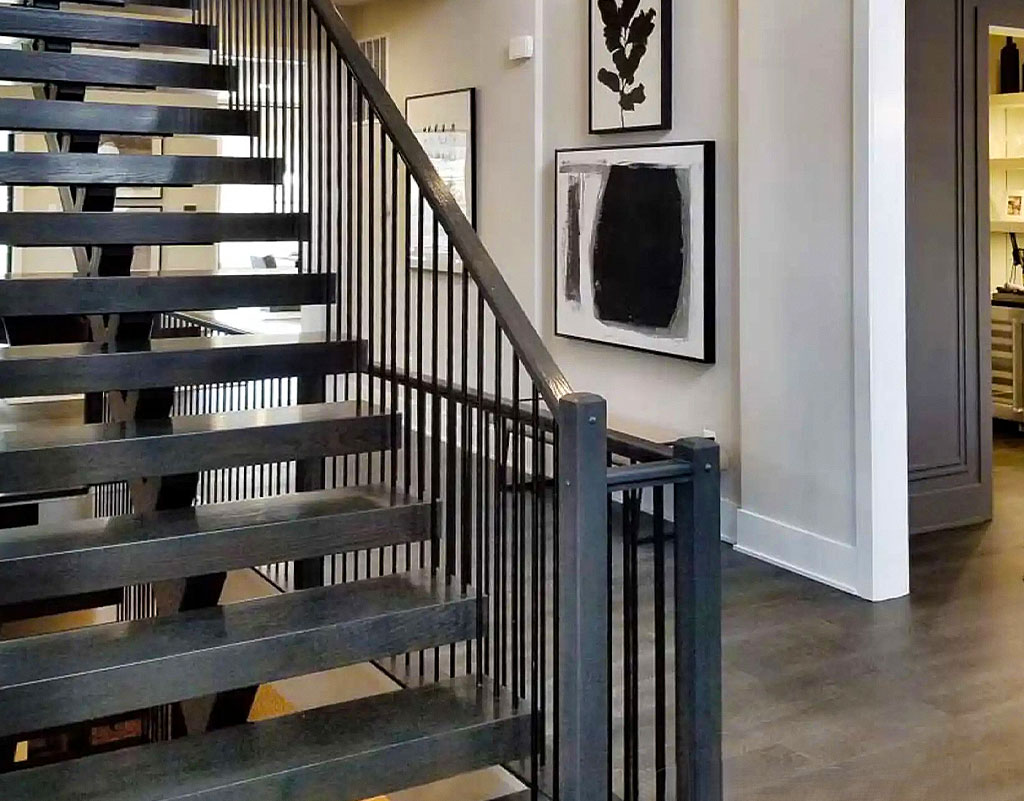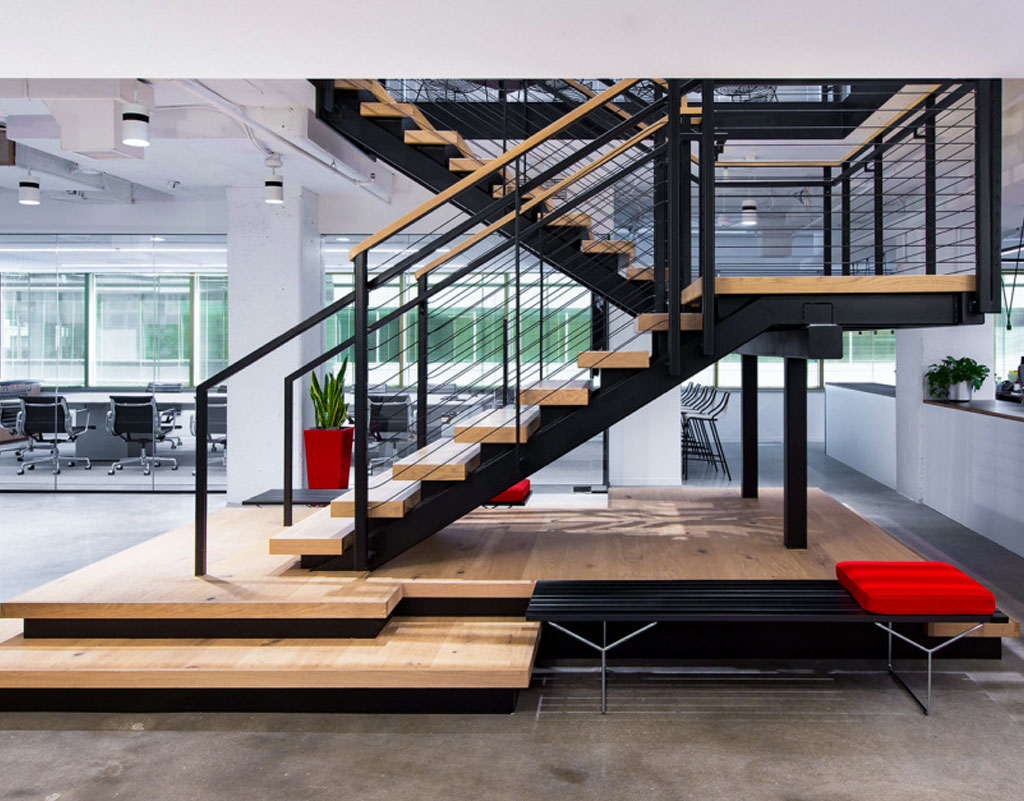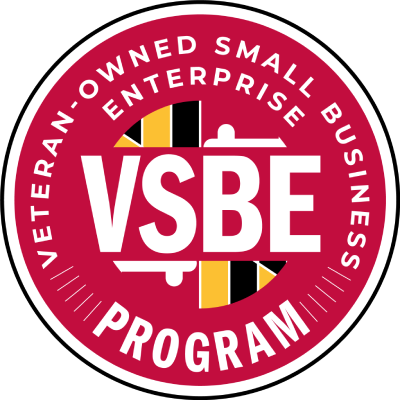By using our website, you agree to the use of cookies as described in our Cookie Policy
Custom Construction Info & Updates
Innovations in Metal Staircase Design: Shaping the Future of Contemporary Architecture
Metal staircases have long been admired for their durability, versatility, and aesthetic appeal. However, advancements in materials and manufacturing techniques are ushering in a new era of innovation in metal staircase design. From sleek minimalist structures to bold sculptural forms, these innovations are reshaping the landscape of contemporary architecture. In this blog, we’ll explore some of the latest trends and advancements in metal staircase design and fabrication, and their impact on the world of architecture.
Advanced Materials:
One of the most significant developments in metal staircase design is the introduction of advanced materials that offer enhanced performance and aesthetics. Traditional metals like steel and aluminum remain popular choices for their strength and versatility, but designers are also experimenting with new materials such as titanium, carbon fiber, and even composite alloys. These materials offer unique properties such as lightweight construction, corrosion resistance, and futuristic finishes, opening up new possibilities for innovative staircase designs.
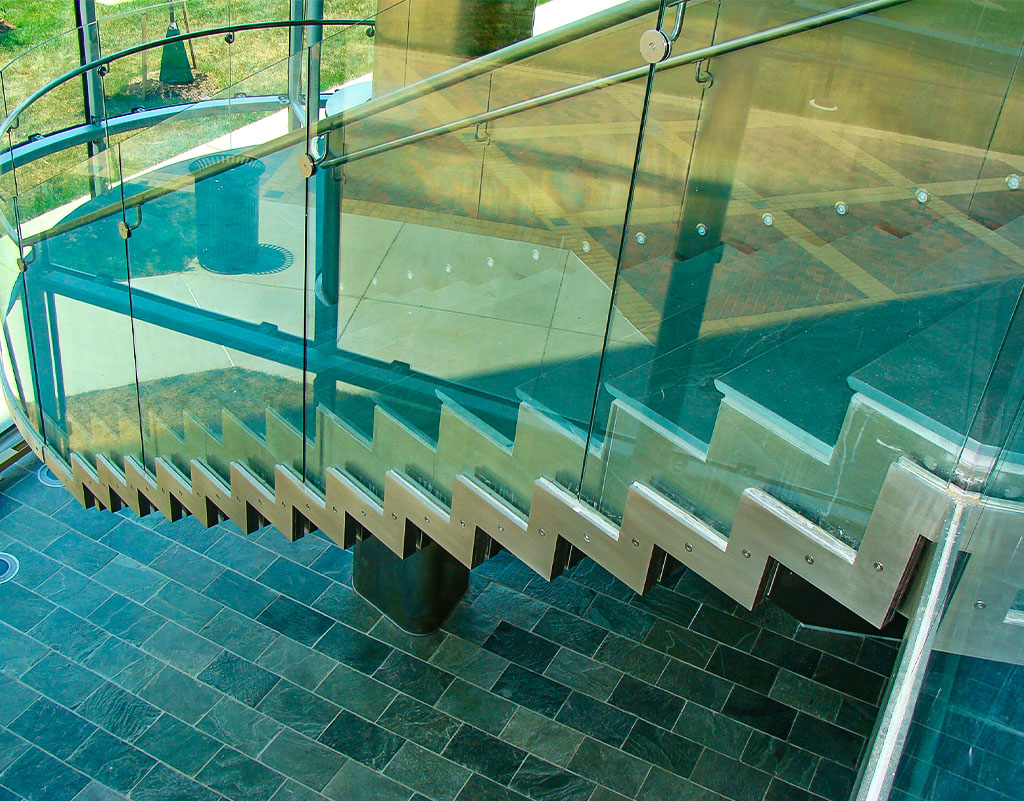
Sustainable Practices:
In response to growing environmental concerns, sustainability has become a driving force behind innovation in metal staircase design. Architects and manufacturers are adopting eco-friendly practices such as using recycled materials, implementing energy-efficient production methods, and designing staircases with minimal environmental impact. Additionally, modular and prefabricated metal staircase systems are gaining traction for their ability to reduce waste, streamline installation processes, and promote sustainable construction practices.
Digital Design Tools:
Advancements in digital design tools and software have revolutionized the way metal staircases are conceptualized and fabricated. Architects and designers can now leverage advanced parametric modeling techniques, generative algorithms, and 3D visualization software to create intricate and complex staircase designs with unprecedented precision and efficiency. These digital tools allow for greater flexibility in customization, optimization of structural performance, and seamless integration with other architectural elements.
Innovative Fabrication Techniques:
Modern fabrication techniques are pushing the boundaries of what is possible in metal staircase design. Laser cutting, water jet machining, and CNC milling enable the creation of intricate patterns, geometric forms, and custom detailing with unparalleled accuracy and consistency. Additionally, advancements in robotic welding and additive manufacturing technologies are revolutionizing the fabrication process, allowing for greater efficiency, customization, and cost-effectiveness.
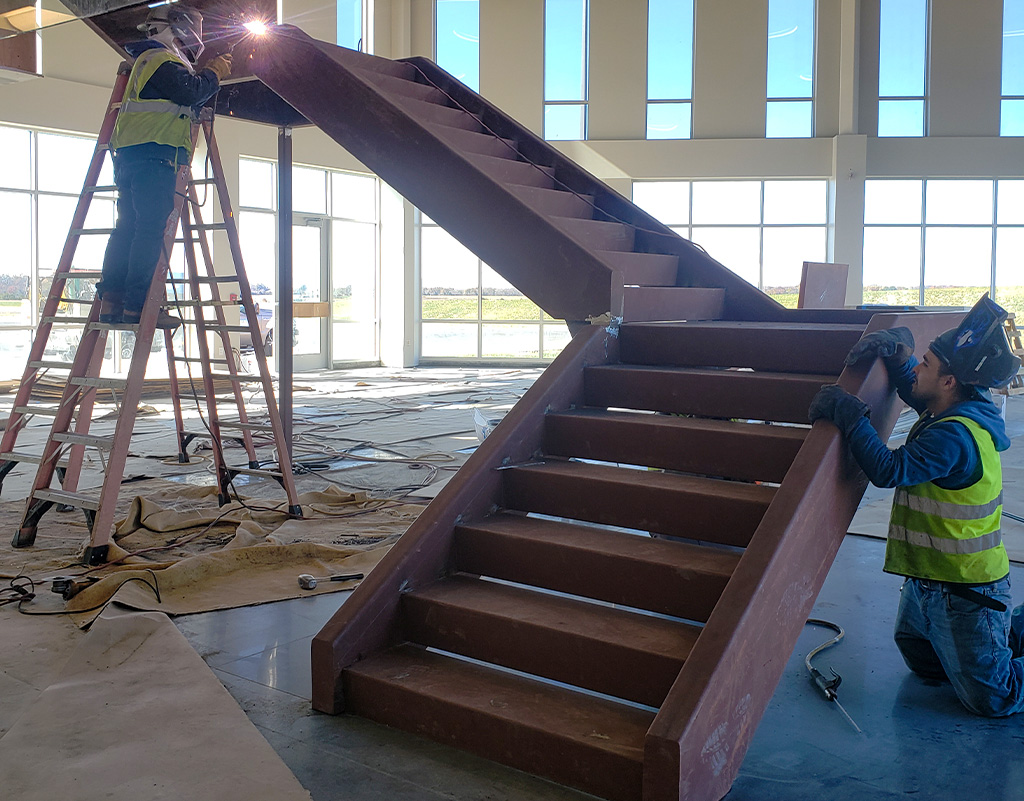
Integration of Technology:
The integration of technology is transforming metal staircases into interactive and dynamic architectural elements. LED lighting systems can be seamlessly integrated into handrails or treads to provide illumination and enhance visual appeal. Smart sensors and automation technologies enable features such as motion-activated lighting, automated handrail sanitization, and real-time monitoring of staircase usage and maintenance needs. These technological advancements not only improve user experience but also contribute to the overall functionality and sustainability of metal staircases in contemporary architecture.
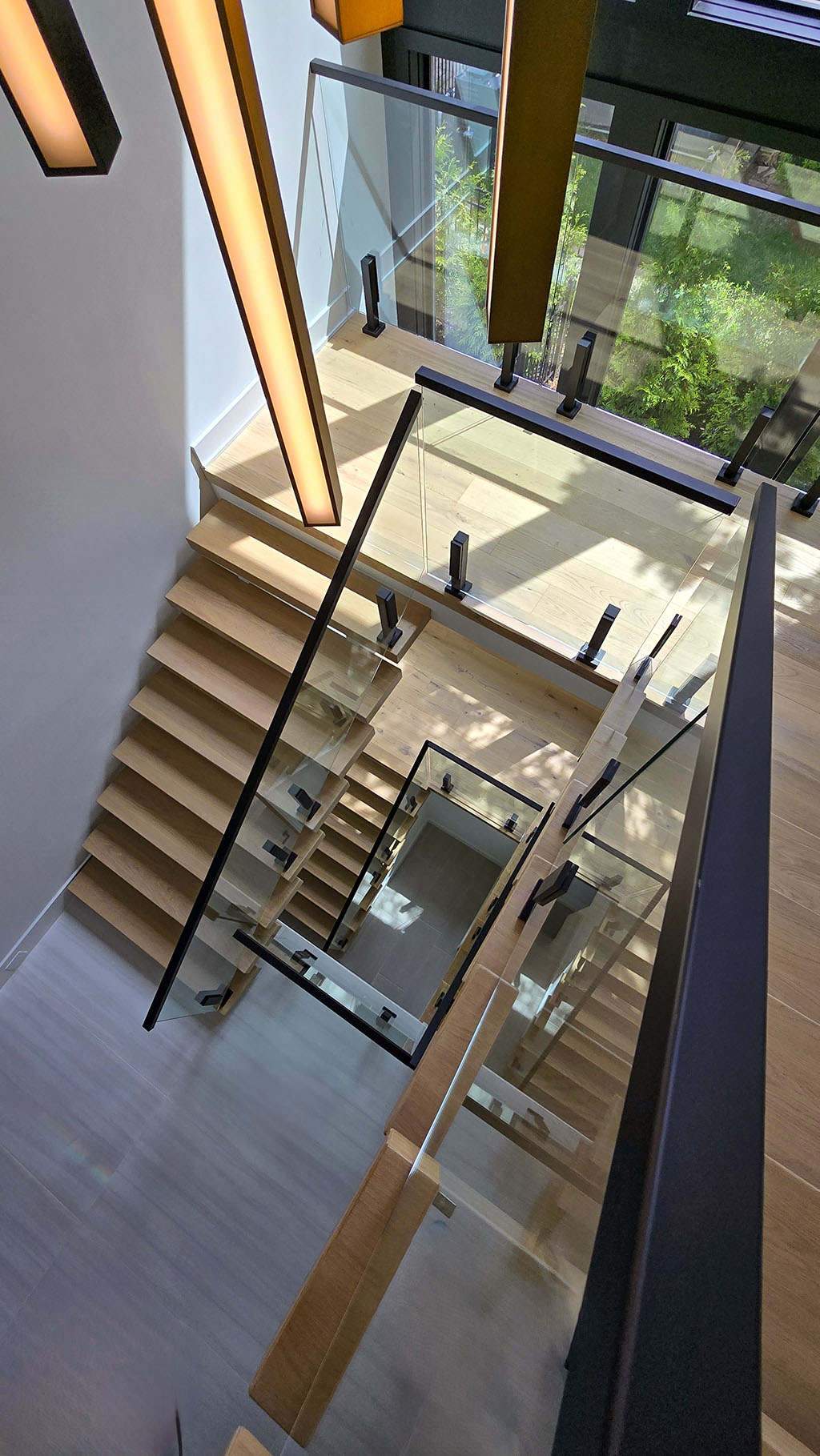
Conclusion:
In conclusion, innovations in metal staircase design are pushing the boundaries of creativity, sustainability, and functionality in contemporary architecture. From advanced materials and digital design tools to innovative fabrication techniques and integrated technology, the possibilities for metal staircase design are endless. As architects and designers continue to explore new ideas and push the limits of what is possible, metal staircases will remain at the forefront of architectural innovation, shaping the future of built environments around the world.



